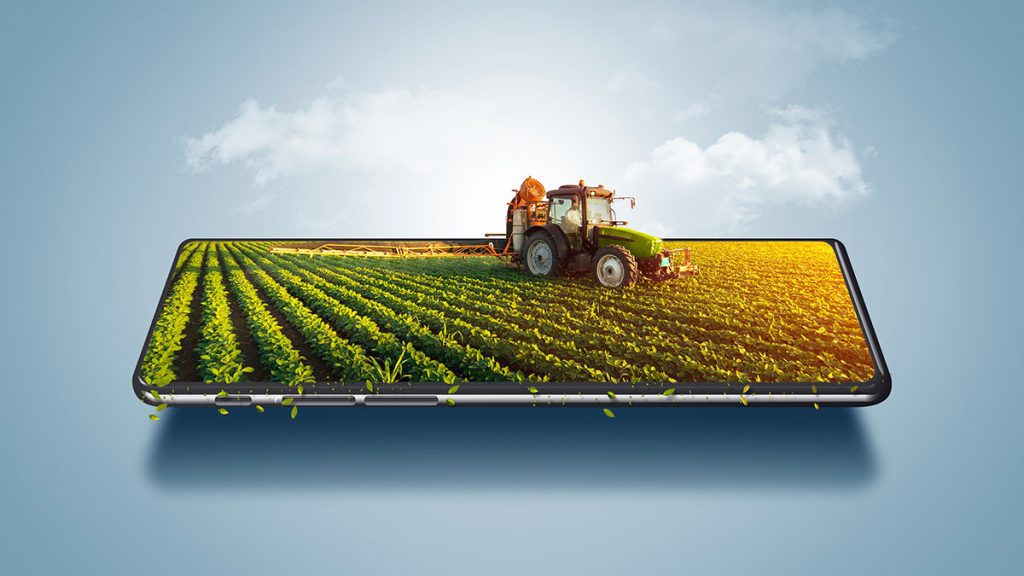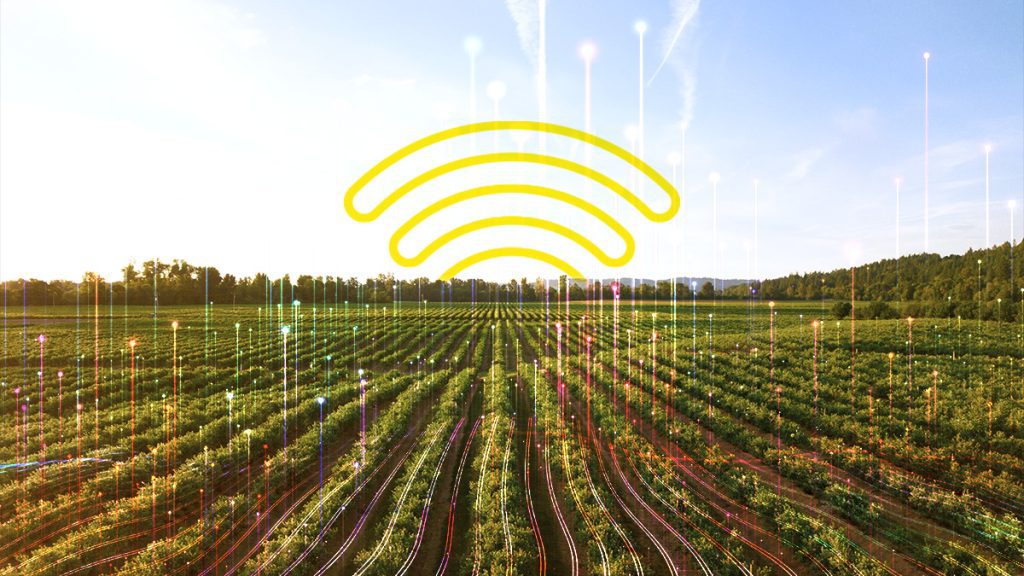
You probably cannot emphasize the importance of having immediate access to vast amounts of data enough. Especially in today’s environment of rapid change. Drones, autonomous agricultural vehicles, and IoT gadgets can all increase agriculture’s sustainability and profitability in the new era of 5G connectivity. You can feel the impact of telecom on agricultural production across the world. By serving as a liaison between farmers and the most cutting-edge precision agriculture technologies, you may increase earnings while enhancing people’s quality of life worldwide. Humanity as a whole should reap the fruits of the impact of telecom on agricultural production.
The Current State of Farming and the Need to Move Forward
For “smart farming,” the absence of extensive rural broadband is a significant challenge. IoT platforms need a fast and dependable wireless internet connection to operate. Current systems fail because of high demand, even in locations with high-speed connectivity. The present technology cannot handle the data volumes and speeds necessary for intelligent agriculture. Carriers must use cutting-edge technologies like massive MIMO and network slicing in addition to small cells or something similar to ensure steady connectivity over vast distances.
Additionally, smart farming is not simply a technical advancement. It is urgently necessary to help feed a growing population trying to cope with the effects of climate change, but it will only be viable with the current infrastructure. According to a recent study, most rural areas in the UK, for instance, fall outside of the 5G “range.” This degree of network availability is insufficient right now. To improve the quality of service, 5G networks will need to use emerging technologies like network slicing at the core network. In addition, radio/access level providers must aim to lower device costs and energy usage and boost dependability, coverage, and spectrum effectiveness. It all serves to highlight the potential impact of telecom on agricultural production.
The Potential of Telcos in Smart Agriculture
To meet the need for food, telecom is anticipated to impact increasing agricultural output significantly. IoT-based cutting-edge communication technology and solutions are incorporated into intelligent agriculture to improve operational effectiveness, enhance production, and reduce waste by deploying control mechanisms, data processing, and real-time field data collection. IoT-based applications will improve agricultural operations, including variable rate technology, precision farming, smart irrigation, and smart greenhouses. To improve the quality and quantity of agricultural production and make farms more intelligent and connected. Telcos can solve agriculture-related issues.
Sophisticated Greenhouses
Firstly, experts are expecting telecom to impact raising agricultural output to meet food needs significantly. Smart agriculture uses IoT-based cutting-edge communication technology and solutions. Hoping to boost production, decrease waste, and improve operational efficiency by putting in place control mechanisms, processing data, and gathering field data in real time. Numerous IoT-based applications, such as variable rate technology, precision farming, smart irrigation, and intelligent greenhouses, can help to improve agricultural operations. Telcos can resolve agricultural-related problems by increasing the amount and quality of agricultural production and the intelligence and connectivity of farms.
VRT
Furthermore. technology that allows growers to alter the pace of crop inputs is known as “variable rate technology” (VRT). To apply inputs at a precise time or location and achieve site-specific input application rates, it combines a variable-rate (VR) control system with application equipment.
Precise Farming
Precision farming is a farm management method that uses the Internet of Things (IoT) and information and communication (ICT) technology to maximize profits and guarantee resource preservation. Acquiring current information on crop, soil, and air conditions are necessary for precise farming. This strategy aims to ensure sustainability and profitability while safeguarding the environment.
Adaptive irrigation
Lastly, there is a growing demand to improve irrigation system efficiency and reduce water waste. The need to use sustainable and effective irrigation methods to conserve limited water resources is becoming increasingly prevalent. IoT-based smart irrigation uses a variety of measurements, including humidity, soil moisture, temperature, and light intensity, to determine the exact amount of water needed. Such a technique can boost irrigation effectiveness.
Monitoring the Soil
Moreover, these devices can help farmers monitor and enhance soil quality to prevent deterioration. They make it possible to keep track of many physical, chemical, and biological traits like texture, water-holding capacity, and absorption rate. Erosion, densification, salinization, acidification, and pollution by toxic elements can hurt soil quality. Soil monitoring can help reduce these effects.

Data collection
Field data collection is essential for the performance of precision agriculture operations. Field operators need to be able to interpret sensed field data through rapid and accurate data sharing between sensing and data processing units. The location of machinery while it is operating in the field is one of the most frequent jobs for gathering field data in the agriculture sector today.The position of the equipment offers key data for machinery navigation as well as critical data for all forms of site-specific administration. GPS receivers are widely used on agricultural equipment to measure absolute position in equatorial coordinates instantly.
Moreover, around the world, a variety of ICT in agriculture or e-agriculture programs has been developed and tested. Helping farmers improve their living standards by increasing agricultural output and income or reducing hazards. An excellent location to start learning about e-agriculture in action is the World Bank’s e-sourcebook ICT in agriculture – connecting smallholder farmers to knowledge, networks, and institutions.
Purpose of AIS
Finally, gathering, processing, and communicating “ready-to-use” site-specific production data to the user on the machinery while the field operation is being carried out are the primary duties of AIS. For instance, when an agricultural sprayer is applying nitrogen to a field. The AIS will locate the sprayer there and wirelessly and, in real-time, send the sprayer the right amount of nitrogen to apply to that particular region. Enabling precise variable rate nitrogen application. A rudimentary AIS consists of a GPS sensor for locating sprayers. A database that provides site-specific nitrogen prescription data, and a data transfer network.
Future of Telecom in Agriculture
The “Connected Farm” is the way of farming in the future. The idea is swiftly gaining traction and seriously disrupting the agricultural industry. Every day, IoT innovation is transforming agriculture. The promise of income development along the whole agricultural value chain has made IoT adoption a mainstream phenomenon. Additionally, the impact of telecom By utilizing the real-time data. Farmers may work their field while receiving updates from any asset located on their holdings, including crops, equipment, and markets. All of which can be monitored without the farmer having to be there physically.
Concluding Thoughts
Lastly, the impact of telecom on agricultural production is something to behold. Humanity’s efforts to maximize the earth’s gifts using its latest innovations are mesmerizing. Yet nothing comes without its challenges. The more you introduce technologies to farming, the more you risk damaging the earth. Balance is the key, and the road ahead should be more traveled.
Inside Telecom provides you with an extensive list of content covering all aspects of the tech industry. Keep an eye on our Impact section to stay informed and up-to-date with our daily articles.